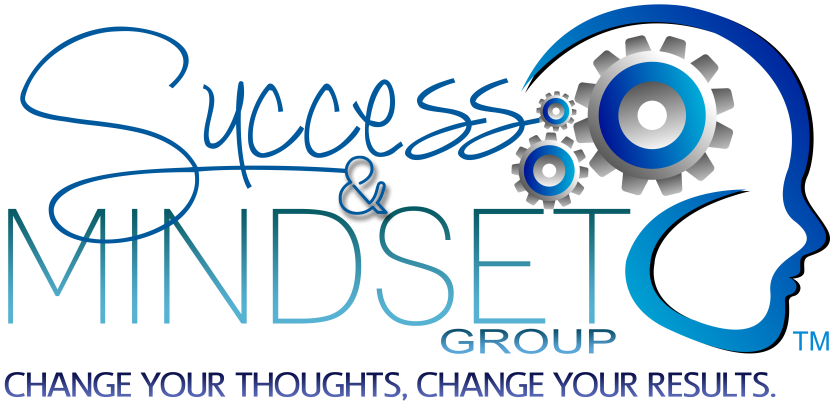In the last several posts, I have focused on ways to achieve stress reduction in your personal life and work. These have included changing thoughts and employing progressive muscle relaxation. This week I focus on becoming a master of your time. That is not the same as becoming a "time nut". In working with clients regarding goal setting, I employ the acronym SMART where the "T" refers to "time limited". I am not speaking here of traditional time management with to-do lists and other tools. Rather, I am speaking of how we get ourselves into synchrony with nature. To do this, we must manage our time well each day both for efficiency and for the synchronicity which leads to stress reduction. For this post, I owe credit to Deepak Chopra and Oprah Winfrey's meditation series where they cite Dr. Daniel Siegel's ways of using time to support our wellbeing and inner growth.
The seven ways are as follows:
1. Sleep time. Get a full night's restful sleep. More mistakes, accidents, and angry interpersonal exchanges occur for people who are fatigued. As attributed to famous football coach Vince Lombardi, "Fatigue makes cowards of all of us".
2. Physical time. Take time to move and let your body be active. Our bodies are meant for movement. If you are feeling lethargic, inefficient, in "brain fog" over something, get up and take a short walk at least. Better yet, develop a regular exercise regimen. Physical exercise is known to enhance feelings of wellbeing and good mental health.
3. Focus time. Be alone for a while to concentrate on what matters to you. In a world in which we are bombarded with information, cell phones, emails, etc., take the time to focus on a particular task. Stay with it until you have reached a break point. Resist the urge to be distracted by other tasks, people, or intrusions.
4. Time in. Take time for meditation, prayer, self-reflection, progressive muscle relaxation with imagery and proper breathing as discussed last week. It will help you relax, achieve a more focused and centered inner state, and be more productive when you return to work activities.
5. Time out. Set aside time to simply be here and rest into existence. Enough said about this one.
6. Play time. Set aside time to have fun and enjoy yourself. It is only too easy to become overinvolved with the tasks of living and fail to stop and enjoy your life. Even in small ways, whether it be to take a walk, enjoy a sunset, read part of a book, or whatever is enjoyable to you, make some time to enjoy each day. I have treated too many depressed patients who fail to do this step.
7. Connecting time. Set aside private time between you and those you love and for whom you care. It almost goes without saying that we are social beings. As such, the joy of enjoying the company of others with whom you are close improves physical and mental wellbeing.
I know that some readers are saying that they can not use these seven ways each day. "I am too busy" they would say. To them, I say consider implementing the steps gradually over seven weeks. Perhaps this week you can ensure that you get proper sleep time. Next week add an element of physical time, and so forth. Within several months you will have created a helpful habit of mastery of your time. If you have trouble with unhelpful thoughts, e.g. "I can't do this", see earlier posts on changing your thoughts. As is often said, if you don't take care of yourself, who will?
For additional help, go to the website www.successandmindset.com.
